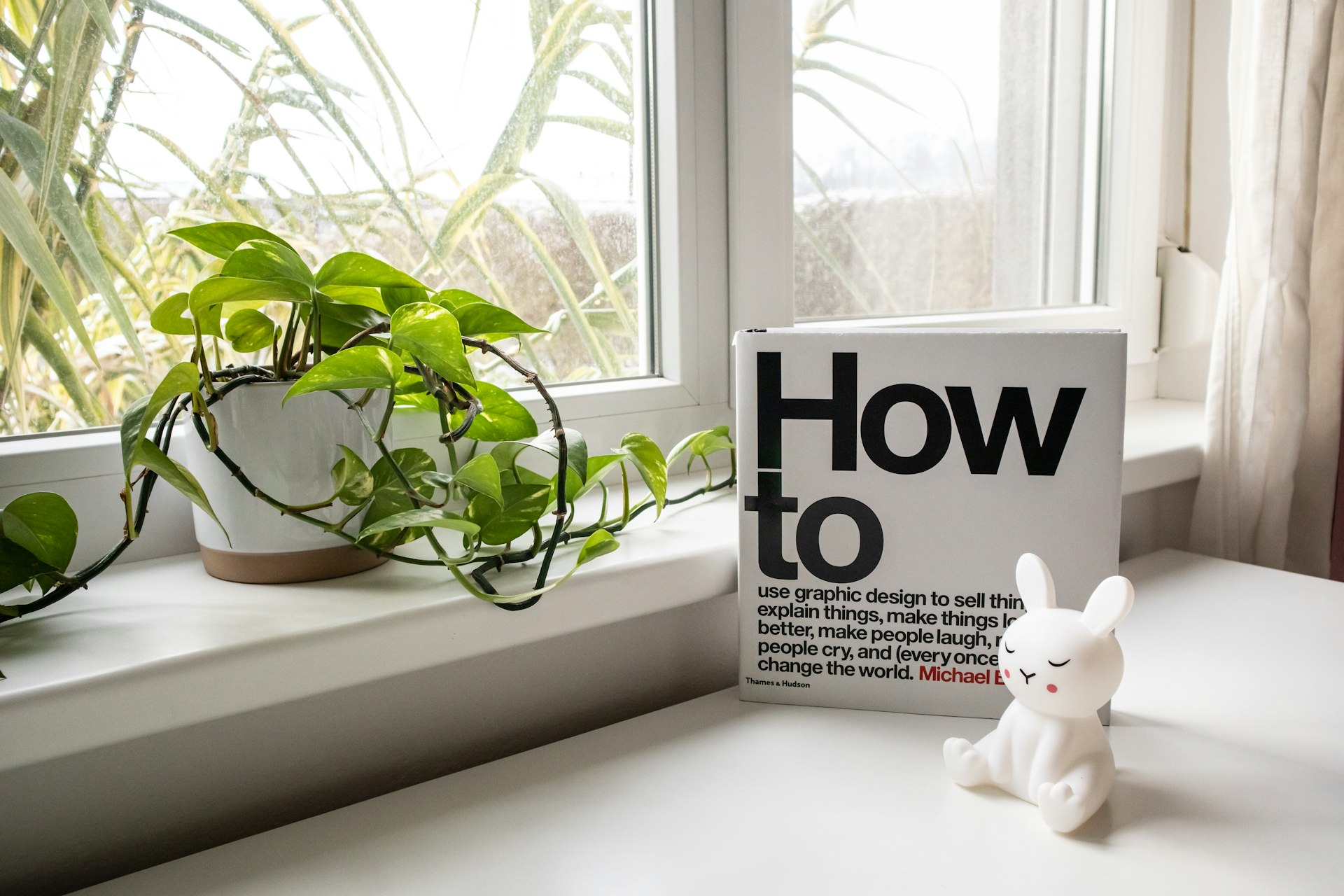Transform Your Wardrobe: Embrace the Slow Fashion Lifestyle for Conscious Living

Photo by Jan Krivec on Unsplash
Introduction: Rethinking Fashion for a Mindful Wardrobe
Modern wardrobes are often overflowing with fast fashion-clothes produced rapidly, worn briefly, and discarded quickly. This cycle has significant impacts on our wallets, the environment, and the people who make our clothes. The slow fashion lifestyle offers an alternative: a conscious approach that focuses on quality, ethics, and longevity. By integrating slow fashion principles, individuals can curate wardrobes that are stylish, sustainable, and deeply personal [1] .
What Is Slow Fashion? Principles & Purpose
Slow fashion is more than just an industry trend-it’s a holistic lifestyle shift. It encourages mindful consumption, prioritizes ethical production, and values quality over quantity. The philosophy is rooted in choosing well-made, timeless garments and supporting brands that uphold fair labor practices and environmental stewardship [2] . Rather than chasing fleeting trends, slow fashion advocates for building a wardrobe that reflects your unique style and values.
Benefits of a Slow Fashion Lifestyle
Embracing slow fashion brings tangible benefits, both personal and global:
- Quality & Durability: Slow fashion brands invest in high-quality materials and craftsmanship, ensuring garments last longer and maintain their appeal [3] .
- Reduced Consumption: By buying less and choosing thoughtfully, you avoid accumulating unnecessary items and minimize waste [1] .
- Ethical Practices: Slow fashion supports fair wages and safer working conditions, promoting human rights in the industry [4] .
- Environmental Impact: Sustainable materials and responsible production processes reduce water usage, pollution, and landfill waste [5] .
- Personal Style & Authenticity: Slow fashion encourages you to invest in unique, timeless pieces, helping you develop a style that’s true to yourself [4] .
- Closer Connection: Many slow fashion brands share transparent stories about their makers and production, fostering a sense of connection with your clothing [2] .
- Financial Savings: Investment in quality pieces reduces the need for constant replacements, saving money over time [5] .
Building a Conscious Wardrobe: Step-by-Step Guidance
Transitioning to a slow fashion lifestyle doesn’t happen overnight, but with intentional steps, anyone can create a more mindful wardrobe.
Step 1: Audit Your Existing Wardrobe
Start by assessing what you already own. Identify items you love, wear frequently, and those that are well-made. Set aside pieces that no longer serve you. You might consider donating, selling, or recycling them through local charities or textile recycling programs.
Step 2: Define Your Personal Style
Slow fashion is about authenticity. Reflect on your lifestyle, favorite colors, and silhouettes. Create a mood board or list of versatile essentials that can be mixed and matched. This process helps you avoid impulsive purchases and focus on building a wardrobe that aligns with your true style.
Step 3: Research Ethical Brands and Materials
There are many established slow fashion brands committed to ethical and sustainable practices. When choosing new pieces, look for:
- Transparent supply chains and labor practices
- Natural, organic, or recycled fibers
- Certifications such as Fair Trade, GOTS, or OEKO-TEX
If you’re unsure which brands to trust, search for “ethical fashion brands” on reputable directories or consult resources from recognized organizations. Always verify the brand’s claims through their official websites and third-party certifications.

Photo by Viktor Bystrov on Unsplash
Step 4: Practice Mindful Purchasing
Before buying, ask yourself:
- Do I really need this item?
- Is it well-made and durable?
- Does it match my style and existing wardrobe?
Slow fashion encourages you to buy less but better. Consider waiting a few days before making a purchase to ensure it’s a thoughtful decision.
Step 5: Care for Your Clothes
Proper garment care prolongs the life of your wardrobe. Wash clothes less frequently, use gentle detergents, and follow care label instructions. Repair minor damage instead of discarding items-many communities offer clothing repair workshops or you can find tutorials online.
Step 6: Embrace Second-Hand and Upcycling
Shopping second-hand reduces waste and can lead to unique wardrobe finds. Visit local thrift shops, consignment stores, or verified online marketplaces. Upcycling-transforming old garments into new ones-also supports a circular fashion economy. Search for “upcycling tutorials” or “DIY clothing repair” for guidance.
Real-World Examples and Case Studies
Many individuals and brands have successfully adopted slow fashion principles:
- Some designers create limited-run collections using organic or repurposed textiles, ensuring each piece is unique.
- Community programs host clothing swaps to encourage reuse and reduce waste.
- Brands with transparent supply chains allow customers to trace the journey of their garments, fostering trust and accountability.
For additional inspiration, search for “slow fashion success stories” or “ethical wardrobe makeovers” to find blogs, videos, and interviews with conscious consumers and makers.
Challenges and Solutions
Transitioning to slow fashion can be challenging:
- Higher Upfront Costs: Quality items may cost more initially. Consider setting a clothing budget and prioritizing essentials. Remember, long-term savings often outweigh upfront expenses [1] .
- Limited Local Options: If ethical brands are unavailable locally, explore verified online retailers or second-hand options.
- Information Overload: Sorting through sustainability claims can be overwhelming. Focus on brands with third-party certifications and transparent practices.
Patience and research are key. Engage with online communities, attend local events, and consult trusted resources to navigate these challenges.
Alternative Approaches to Conscious Dressing
If full commitment to slow fashion feels daunting, consider these alternatives:
- Capsule Wardrobes: Build a small, versatile collection of essentials that can be mixed and matched.
- Seasonal Shopping Bans: Challenge yourself to avoid buying new clothes for a set period.
- Local Artisans: Support local makers and small businesses who prioritize craftsmanship and quality.
Each step toward conscious dressing makes a measurable positive impact.
How to Access Slow Fashion Resources and Opportunities
To get started:
- Research “slow fashion brands” using major search engines or reputable fashion directories.
- Seek out local clothing swaps, repair workshops, or sustainability-focused events in your area.
- Follow social media accounts and blogs dedicated to ethical fashion for ongoing tips and inspiration.
- Always verify any brand’s certifications and sustainability claims through their official website.
If you need personalized advice, consider reaching out to local sustainability organizations or fashion consultants. Many offer virtual consultations, workshops, or curated guides to help you transition.
Key Takeaways: Building a Conscious Wardrobe for a Better Future
The slow fashion lifestyle empowers you to create a wardrobe that reflects your values, supports ethical practices, and stands the test of time. While the journey may require effort and patience, the rewards-personal satisfaction, environmental stewardship, and financial savings-are well worth it. Start with small, intentional steps and continue exploring new ways to make your closet more conscious and sustainable.
References
- [1] SANVT (2021). 10 Slow Fashion Benefits & Fast Fashion Disadvantages.
- [2] Lucys.net (2024). What Is Slow Fashion? Principles, Benefits & Drawbacks.
- [3] Kolab Collection (2024). 10 Advantages of Slow Fashion: Why It’s Time to Embrace Mindful Style.
- [4] Weaving Vibes (2024). The Beauty of Slowing Down: Discovering the Benefits of Slow Fashion.
- [5] Urban Medley (2023). 8 Life Changing Impacts of Slow Fashion That Will Transform You.



